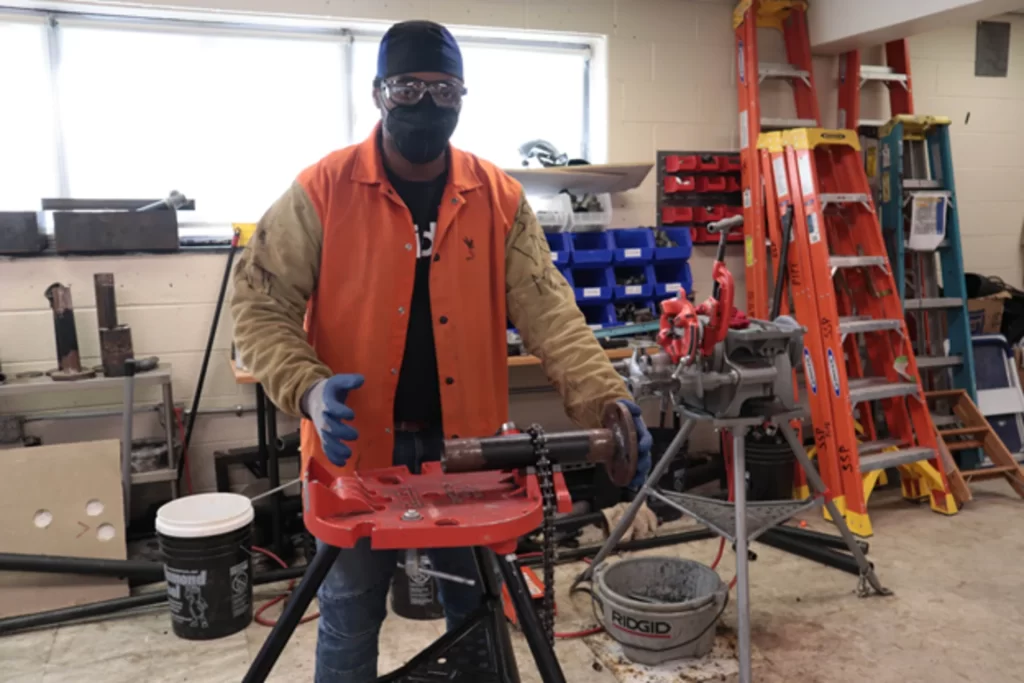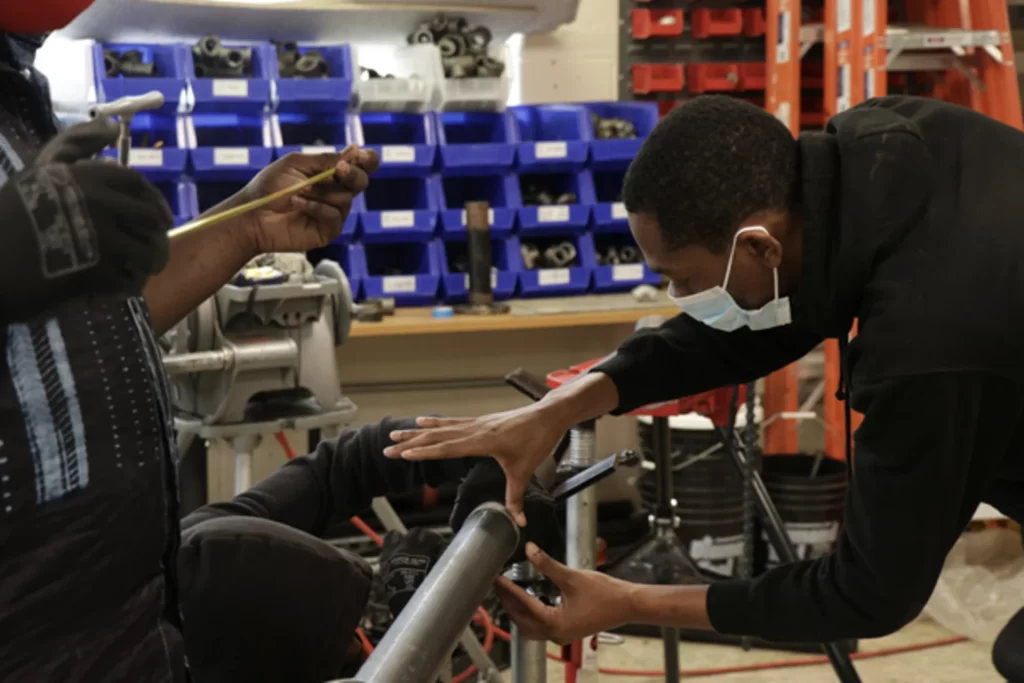The steamfitting industry is a crucial sector offering heating, ventilation, and air conditioning (HVAC) services for residential and commercial buildings. The industry hires qualified personnel to install, maintain, and repair various HVAC systems. Hand and power equipment are essential for these specialists to complete their work properly and efficiently. The usage of hand and power tools in the steamfitting industry will be covered in this article.
Hand Tools
An adjustable wrench used to grasp and turn pipes is known as a pipe wrench. Its mouth is serrated, firmly grasping the pipe to keep it from sliding. A pipe wrench may be used by sizing the jaw to the correct size and setting it on the pipe. Then, spin the wrench in either a clockwise or anticlockwise direction to tighten or loosen the pipe.
A hacksaw is an instrument for cutting metal pipes, rods, and bars. It has a reversible blade with tiny teeth that quickly cut through metal. If a steamfitter apprentice want to use a hacksaw, they must clamp or vice the workpiece and then position the hacksaw blade perpendicular to the metal. Till the cut is finished, apply pressure to the blade and make moderate, steady strokes.
A pipe cutter is a hand instrument used to neatly and accurately cut pipes. It makes a precise cut by rotating a cutting wheel in a circle around the pipe. Place the cutting wheel on the pipe and rotate until the cut is finished to utilize a pipe cutter. Before cutting, make sure the cutting wheel is adjusted to the proper size.
A screwdriver is used for turning screws and bolts. It fits into the corresponding screw or bolt head. To use a screwdriver in steamfitter apprenticeship, place the tip of the screwdriver into the screw or bolt head and turn it clockwise to tighten or counterclockwise to loosen.

Pliers are hand tool used for gripping, twisting, and cutting. They come in many shapes and sizes, including needle-nose, slip-joint, and lineman pliers. To use pliers, grasp the workpiece between the jaws and apply pressure to the handles.
A power drill is a multipurpose instrument used during steamfitter training to drill holes, drive screws, and mix materials. It contains a chuck for holding the steamfitter training drill bit and a trigger for controlling the drill’s speed and direction. Put the necessary bit into the power drill’s chuck and tighten it. Pull the trigger to begin drilling or driving after setting the bit’s tip on the workpiece.
The reciprocating saw is an effective power instrument for slicing through wood, metal pipes, and other materials. It cuts quickly with a fast back-and-forth motion of its blade. When using a reciprocating saw, clamp or vice the workpiece and position the blade perpendicular to the material. After that, press down on the blade and continue to make moderate, steady strokes until the cut is finished.

A power tool called an angle grinder is used to sand, grind, and cut through metal and other materials. It has a fast-rotating circular grinding wheel or cutting disc. To operate an angle grinder, firmly grasp the instrument while attaching the proper wheel or disc. Next, add it to the steamfitter program while the grinder is running.
A welding machine is a strong device that joins metal pieces using pressure and heat. It melts the metal and forges a solid connection using an electric arc.
When using hand and power tools in the steamfitting job, following safety guidelines is essential to avoid injury. Some important safety tips include:
In conclusion, understanding the various kinds of tools and how to use them properly is necessary for utilizing hand and power tools in the steamfitting industry.
Read More: